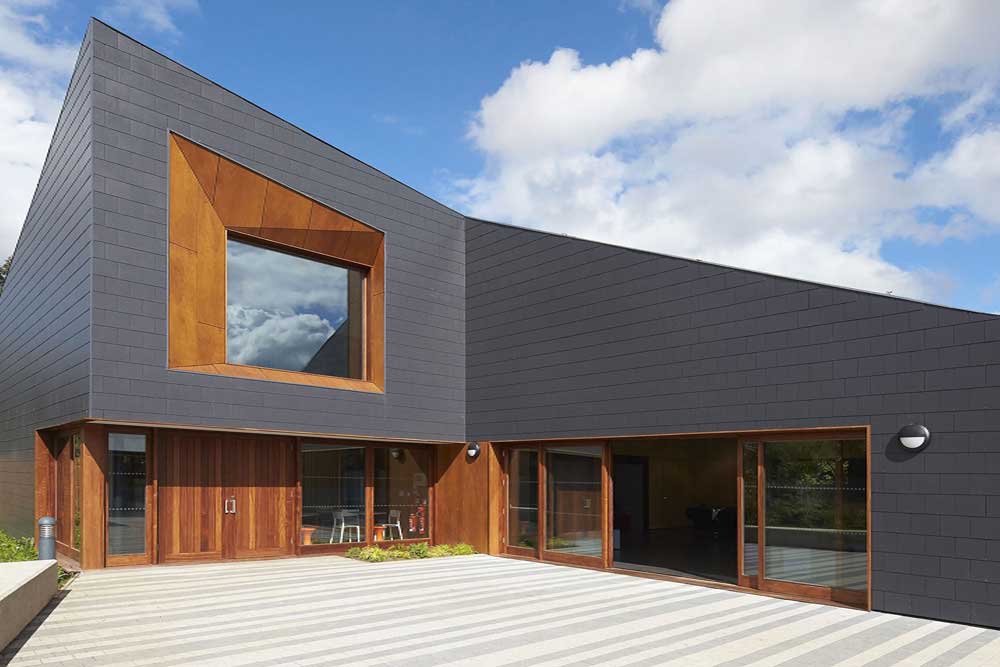
We all love to deck up our interiors in the most innovative way to make our home look impressive and alluring. But we often forget to emphasize the exterior protection of our homes. From the extreme weather conditions to the everyday dust and dirt, there are plenty of factors that can possibly hamper the strength and durability of our homes. It is important to consider the exterior health of your home when you are thinking about refurbishing. It is a process of giving your house a makeover and making it more powerful and stunning than ever.
It is important to regularly renovate your house, not only for the aesthetic purpose but also for the strengthening needs. When you renovate your house from its exteriors, be it adding new hue or adding more materials to walls for superior protection, every single step tends to make a major significance.
Role of Cladding in Freshening Up Your Home
As mentioned earlier, there are plenty of ways in which you can renovate your home. Cladding is one such process where the exterior of your home is coated with another material for function, aesthetics and durability. It is a highly beneficial house strengthening process that can provide the exterior walls of your home the required strength and safety.
Cladding can be done with different materials depending upon the purpose and structure of your home. There are plenty of materials that are commonly used for cladding process. However, two major options are highly preferred by a majority of homeowners. It can be put in this way that cladding works best with these materials: timber and fibre cement. These are the two prominent preferences that homeowners certainly cannot avoid when they are thinking about the superior safety of their home.
Both the cladding methods are different in terms of their installation methods, sizes, colours, finishes, textures, etc. It often puts homeowners in the befuddling situation. One of the major differences between both of the cladding approaches is that timber cladding is a conventional method, while fibre cement cladding is more of a modern approach. Both the cladding methods are used in residential and commercial buildings.
To make a better decision regarding which cladding method would be ideal for your home. Take a look at the below guide to refurbish your home with timber and fibre cladding.
What is Timber and Fibre Cement Cladding?
Produced from the mixture of fillers, fibres and cellulose and water, fibre cement cladding is a contemporary cladding approach. Wet sheets of concrete are formed and rolled to remove the moisture. These sheets are then left to dry that further forms a strong outer layer. Later on, the concrete layer is painted for a more aesthetic look. Fibre cladding is strong and durable but the process is often time-consuming.
Timber cladding is more of a conventional cladding approach that is formed long strips of either hardwood or softwood timber. These strips are fixed onto the exterior walls, horizontally, vertically or diagonally.
Installation of Cladding
Both the timber cladding and fibre cement cladding have become popular options than ever. The advent of technology has made the installation of both the cladding much easier. You can merely fix it mechanically with screws, nails, etc. When it comes to installing methods, both of the approaches are quite similar. However, there are some slight differences that make them different from one another.
The Bottom Line
Cladding process is undoubtedly an imperative task to keep your house younger and durable. Both timber and fibre cement cladding have their own strengths and drawbacks that make them a popular name among the cladding methods. The above mentioned was a quick guide and comparison of timber cladding and fibre cement cladding.
So, next time when you are thinking about refurbishing your home with cladding, make sure to consider this guide for better assistance.
Get in touch with us if you want to buy fibre cement cladding.
